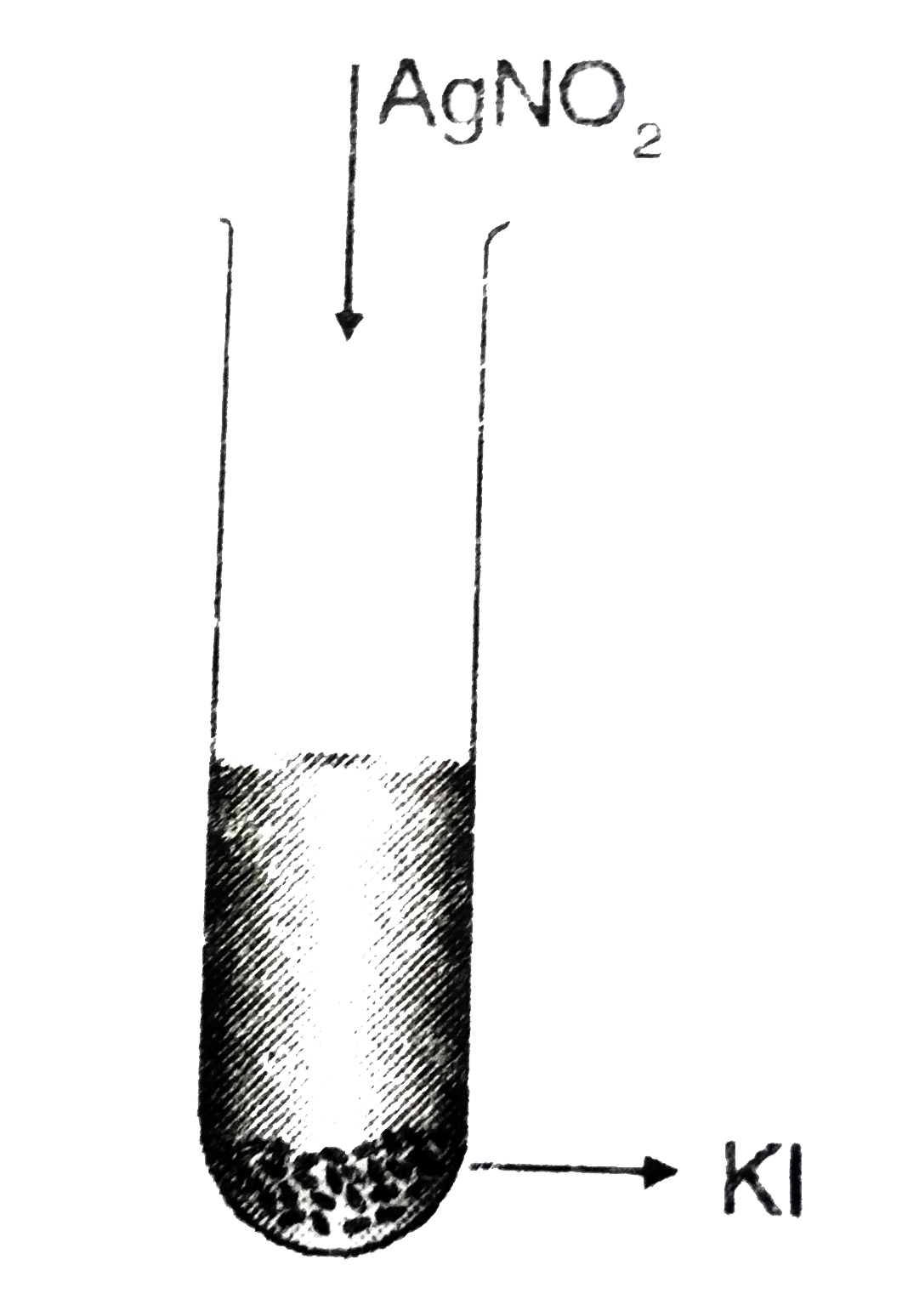Colloidal solution can be made in water and in air as media. What distinctive names are given to these two types of sols ?
To answer the question regarding the distinctive names given to colloidal solutions made in water and in air, we can follow these steps:
Step 1: Understanding Colloidal Solutions
A colloidal solution consists of two main components: the dispersion medium and the dispersed phase. The dispersion medium is the substance in which the dispersed phase is distributed.
Step 2: Identifying the Dispersion Medium
In this question, we have two different dispersion media:
- Water
- Air
Step 3: Naming the Colloidal Solutions
1. When water is the dispersion medium: The colloidal solution is referred to as Hydrosol. This term is derived from "hydro," which means water.
2. When air is the dispersion medium: The colloidal solution is called Aerosol. The term "aero" refers to air.
Step 4: Conclusion
Thus, the distinctive names for the colloidal solutions are:
- Hydrosol for colloidal solutions in water.
- Aerosol for colloidal solutions in air.
Final Answer:
- Hydrosol (for water as the dispersion medium)
- Aerosol (for air as the dispersion medium)
---
A colloidal solution consists of two main components: the dispersion medium and the dispersed phase. The dispersion medium is the substance in which the dispersed phase is distributed.
In this question, we have two different dispersion media:
- Water
- Air
1. When water is the dispersion medium: The colloidal solution is referred to as Hydrosol. This term is derived from "hydro," which means water.
2. When air is the dispersion medium: The colloidal solution is called Aerosol. The term "aero" refers to air.
Thus, the distinctive names for the colloidal solutions are:
- Hydrosol for colloidal solutions in water.
- Aerosol for colloidal solutions in air.
- Hydrosol (for water as the dispersion medium)
- Aerosol (for air as the dispersion medium)
Topper's Solved these Questions
- SURFACE CHEMISTRY BOOK - ICSECHAPTER - SURFACE CHEMISTRY EXERCISE - EXERCISE (PART-I ( OBJECTIVE QUESTIONS ))
35 Videos
- SURFACE CHEMISTRY BOOK - ICSECHAPTER - SURFACE CHEMISTRY EXERCISE - EXERCISE (PART-I ( OBJECTIVE QUESTIONS )) (Complete the followings statements by selecting the correct alternative from the choices given :)
35 Videos
- SURFACE CHEMISTRY BOOK - ICSECHAPTER - SURFACE CHEMISTRY EXERCISE - ISC EXAMINATION QUESTIONS
4 Videos
- SPECIMEN QUESTION PAPERBOOK - ICSECHAPTER - SPECIMEN QUESTION PAPEREXERCISE - QUESTION
140 Videos
- THE SOLID STATEBOOK - ICSECHAPTER - THE SOLID STATEEXERCISE - MULTIPLE CHOICE QUESTIONS (Assertion-Reason based questions)
10 Videos
Similar Questions
What is tendril? Name any two types of tendrils.
View SolutionWhat is another name, given to water culture experiments?
View SolutionWhat is meant by pollination ? Name the two types of pollination.
View SolutionA certain colloidal solution is not affected by the addition of small amounts of electrolytes.
(i) What type of a sol is it?
(ii) Compared to that of the dispersion medium what would you expect the surface tension and viscosity of the sol to be?
(iii) Will the colloidal particles be easily detectable in an ultramicroscope?
(iv) Give an example of such a sol.
View SolutionColloidal gold sol can be preared by the reduction of soluble salt solution such as AuCl3 with
View SolutionGive an example of a metallic oxide that forms salt and water with acids as well as bases. What is the common name given to such oxides?
View SolutionHow many line can be drawn through two distinct given points
View Solution(a) A colloidal sol is prepared by the given method in figure. What is the charge of AgI colloidal particles in the test tube ? How is the sol formed, represented?
 (b) Explain how the phenomenon of adsorption finds application in Heterogeneous catalysis.
(b) Explain how the phenomenon of adsorption finds application in Heterogeneous catalysis.
(c) Which of the following electroytes is the most effective for the coagulation of Fe(OH)3 sol which is a positively charged sol?
NaCI,Na2SO4,Na3PO4
View SolutionWhat is the difference between multimolecular and macromolecular collids ? Give one example of each . How are associated colloids different from these two types of colloids ?
View SolutionWhat is the difference between multimolecular and macromolecular collids ? Give one example of each . How are associated colloids different from these two types of colloids ?
View Solution
